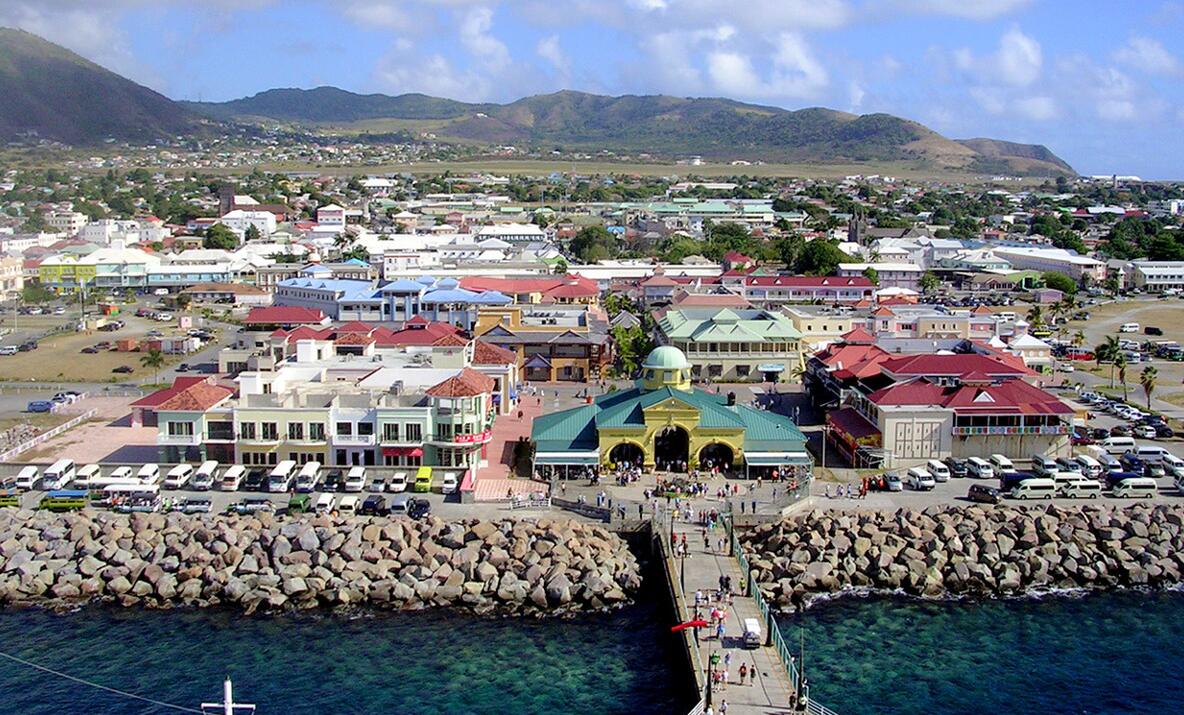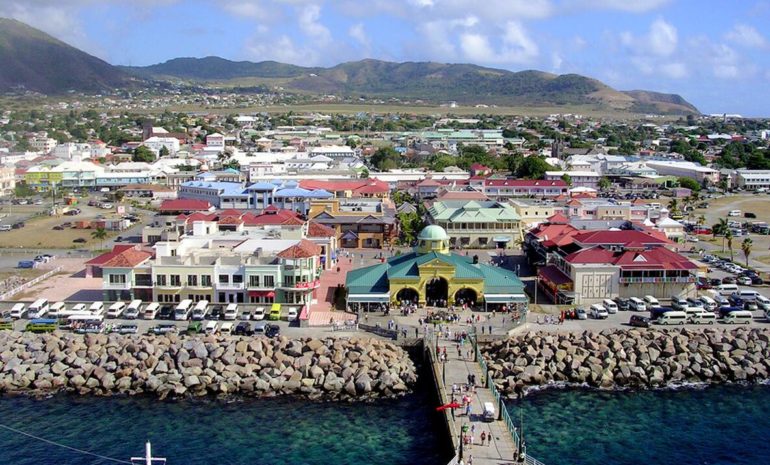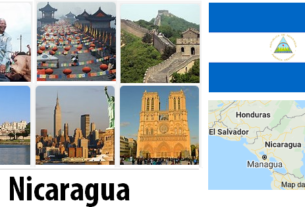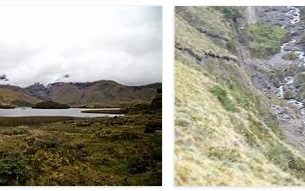The island of Grenada is approx. 34 km north-south and 19 km east-west. It is of volcanic origin and is dominated by a wooded central chain with a northeast – southwest direction. The highest point is Mount St. Catherine (840 masl). The rivers have cut deep into the central mountain massif. There are a number of extinct volcanic peaks and 2 large crater lakes, Grand Etang and Lake Antoine. In the north and west the coastline is high and steep. In the east and south it is lower with coastal plains, a number of bays and peninsulas and several small islands. Carriacou located approx. 30 km northeast of Grenada, is much lower. This one is 12 km long and on average 2.5 km wide and is the largest of the Grenadine Islands. Petite Martinique is 5 km northeast of Carriacou and is circular in diameter of approx. 1.5 km.
Climate
The climate is of tropical maritime type with temperatures varying in height. The average temperature for the whole year in the lowlands is approx. 26 ° C, with small seasonal and daily variations. The rainfall is plentiful with an annual rainfall of 1520 mm in St. George’s and 4060 mm in the highlands. Most rain falls from June to November, and least from January to April. Carriacou is considerably drier due to low mountains with annual rainfall of 1000-1500 mm.
Plant life in Grenada
Grenada is green and lush, the inland rainforest is largely cut and replaced by secondary forests or plantations. At Carriacou the vegetation is lower and more dry with cacti and acacia.
Wildlife on Grenada
The renal ruminants and a few bats are the only native mammals in Grenada. Besides pets are several species introduced, including one opossum and gold hare (a rodent) from South American mainland and mona lemur (a monkey) from Africa.
Brown pelicans, soles, many terns, hummingbirds and banana butter are common birds in Grenada.
The reptiles include iguan and turtles.



